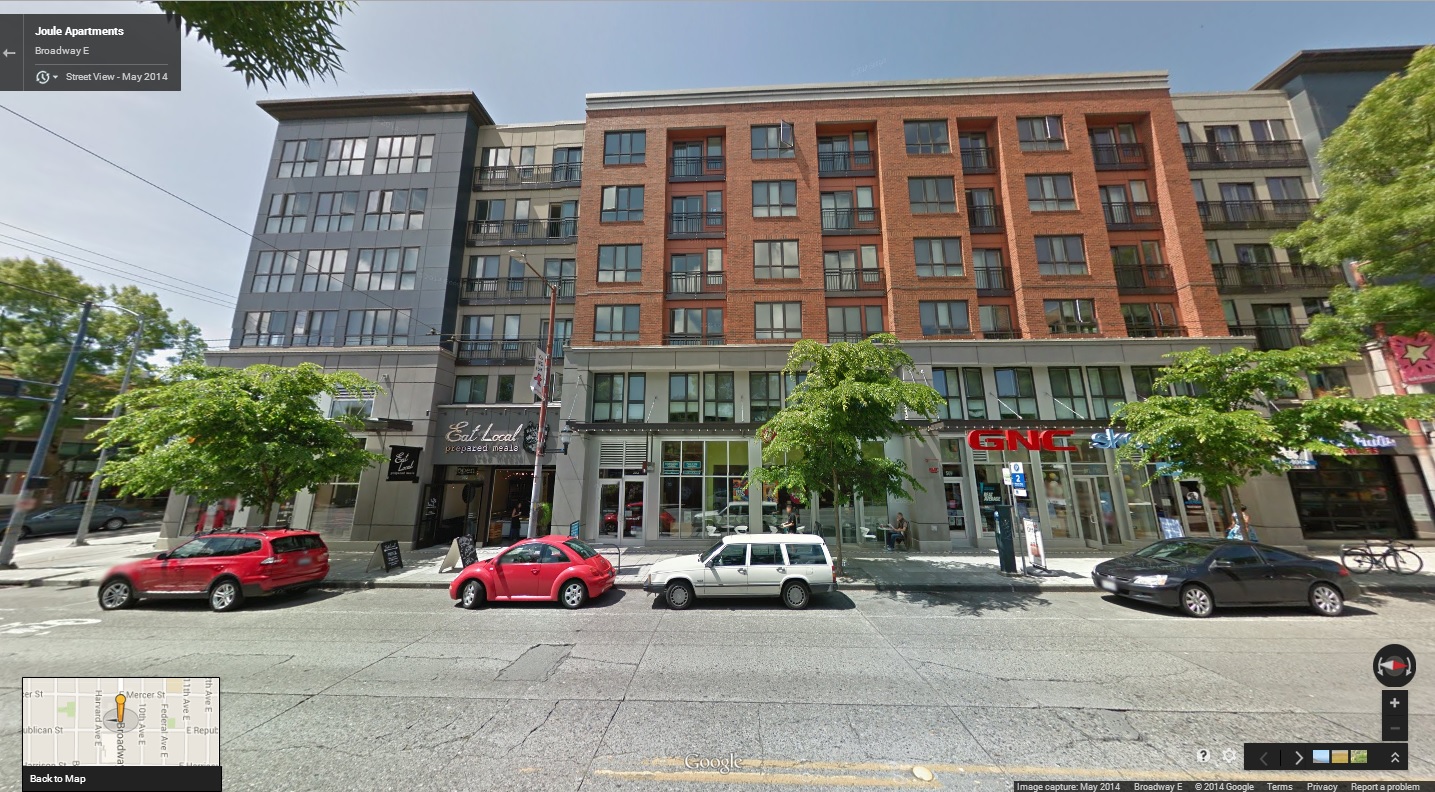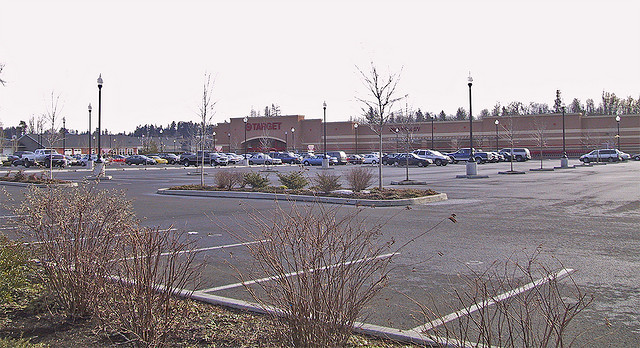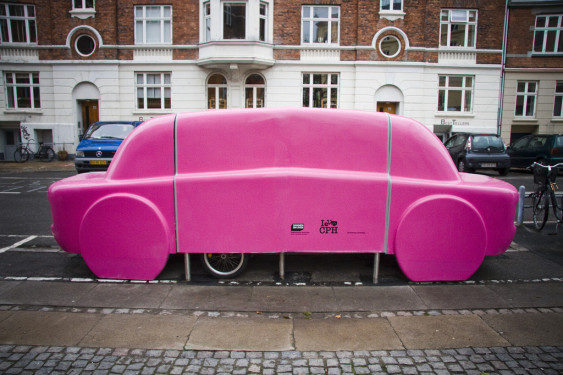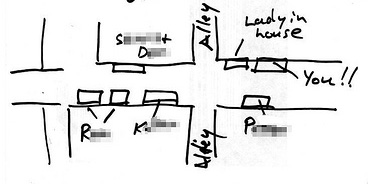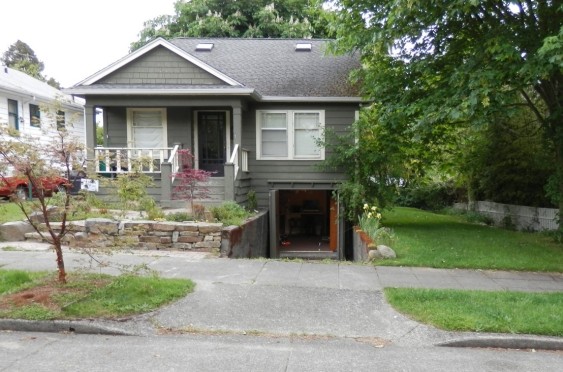
“My sister has great food karma. She finds great food, and she never pays.” If you heard someone say that, you’d just scratch your head. What could that mean? Does she dumpster dive?
If you substitute the “parking” for “food,” though, it makes sense. Indeed, a friend said those exact words to me recently, so I started asking others about their parking karma. Everyone I asked knew exactly what I was talking about: no confused expressions or blank stares.
Greg W. said, “I have always had spectacularly good parking karma….It’s a Zen thing: I am water flowing downhill into the perfect parking place.”
“Just ride with me and you’ll always get a parking spot right in front!” said Cynthia S.
What’s not surprising is that people claim good parking karma. An overwhelming majority of people sincerely believe that they’re luckier than average, as economists Robert Frank and Philip Cook reported in their 1996 book Winner-Take-All Society, so a pervasive belief in good parking fortune fits.
What’s more surprising, or perhaps more revealing, is that we apply the notion of karma to parking at all, and with only a hint of irony. The naturalness of this expression, “parking karma,” suggests that parking is one of those spheres of life where we regard ourselves as at the mercy of cosmic forces or blind chance.
And this fact is an indication of what a strange commodity parking is. It is among the strangest in the economic universe. It’s god-awful expensive, but the “market” for it is triply weird. It is a domain of hidden prices, huge spillover costs, and bizarre cross currents.

